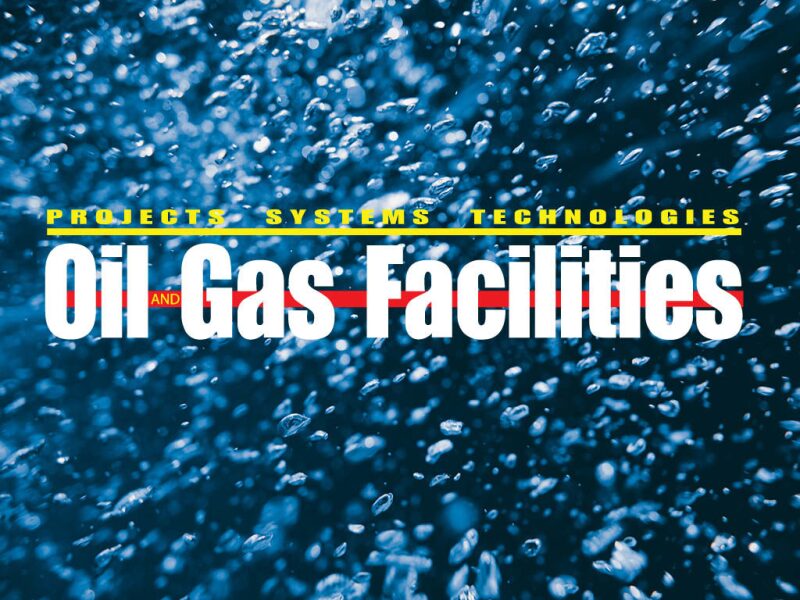The entrainment of solid particles in crude oil occurs during production from reservoirs with low formation strength. The stationary solid-particles bed at the horizontal pipe bottom can cause operational problems such as production decline, excessive pressure loss, equipment failure, erosion, and corrosion. Solid-particles deposition can be managed by operating above the critical solid-particles-deposition velocity, which is the velocity that maintains the continuous movement of particles at the pipe bottom. In this paper, a comprehensive analysis of solid-particle flow regimes in stratified flow in a horizontal pipeline is presented, which is a novel contribution because it is applied to multiphase flow. The effect of concentration on the solid-particle flow regimes and identification of the critical solid-particles-deposition velocities for various particle concentrations are also investigated.
The understanding of solid-particle flow regimes in pipelines for any given set of operational conditions is important for identifying the nature of particle interaction and movement. Experimental studies are conducted in a 4-in. horizontal pipeline for a stratified flow regime that uses air, water, and glass beads at relatively low solid-particles concentrations (<10,000 ppm). The effects of different experimental conditions, such as gas velocity, solid-particles concentration, and particle size are investigated in this study. Six main solid-particles flow regimes in horizontal air/water flow are identified, and can be distinguished visually: fully dispersed solid flow, dilute solids at wall, concentrated solids at wall, moving dunes, stationary dunes, and stationary bed. Therefore, the critical solid-particles-deposition velocities are determined on the basis of the transition between moving (concentrated solids at wall/moving dunes, as appropriate) and stationary (stationary dunes/bed, as appropriate) solid particles. The experimental data show that with small particle size, the critical solid-particles-deposition velocity is almost independent of concentration, while with larger particle sizes, the critical velocity increases with the concentration.
Read or download the full paper SPE 174960-PA.

